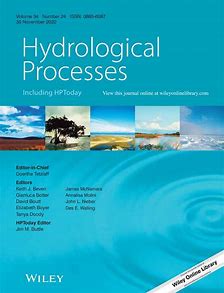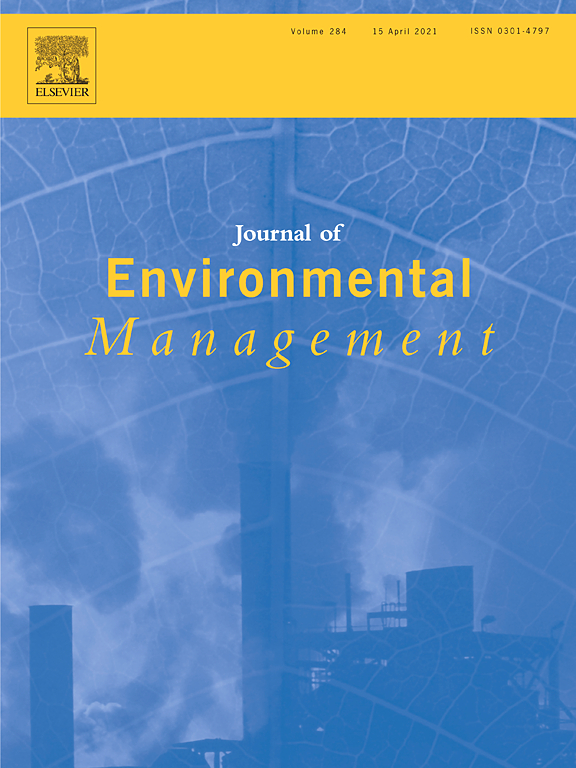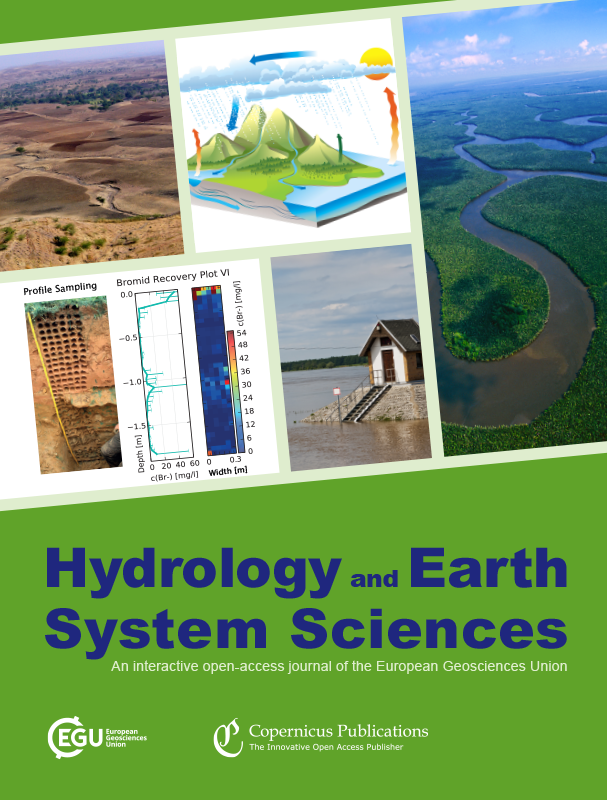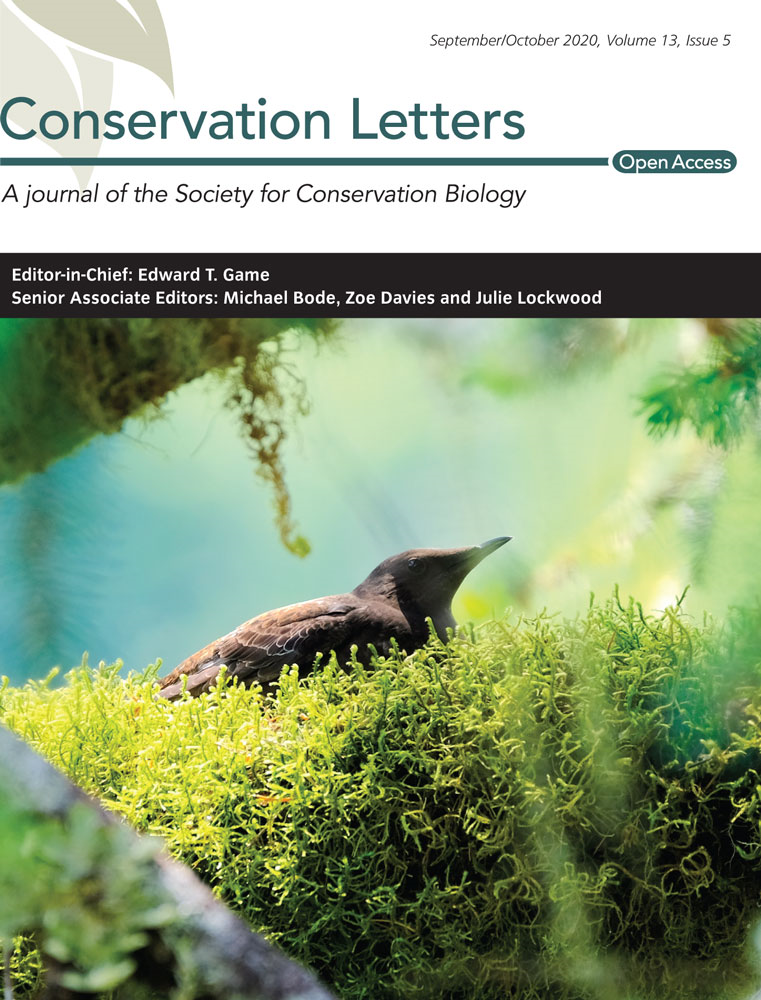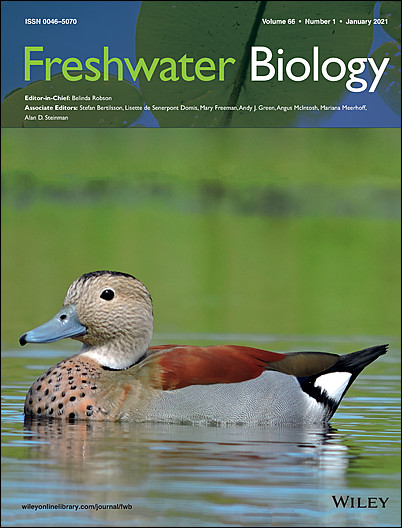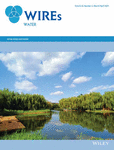The battle between harvest and natural selection creates small and shy fish
Fishing primarily removes larger and more active fish from populations. It thus acts as a selection factor that favours shy fish, as this study led by IGB shows.
Stable isotopes of water reveal differences in plant – soil water relationships across northern environments
The authors compared stable isotopes of water in the plant stem (xylem) and in the soil over a complete growing season at five northern experimental sites to understand where plants get their water from and what the temporal dynamics are of such root water uptake. This paper was a main finding of an ERC Grant.
How much habitat does a river need?: a spatially-explicit population dynamics model to assess ratios of ontogenetical habitat needs
The authors used a spatially explicit population dynamics model for the barbel to investigate the functional dependencies of sub-habitats. They showed that revitalising only spawning or only juvenile habitats is not effective; the functional unit and a minimum size of habitats are essential. The model helps to predict the revitalisation success on the basis of the size.
Using soil water isotopes to infer the influence of contrasting urban green space on ecohydrological partitioning
The authors studied water partitioning in different urban green spaces using stable isotopes. During the warm and dry 2019, evapotranspiration losses of grass and trees were higher than those of potentially more drought-resilient shrub. The study contributes to a better understanding of urban ecohydrological partitioning, which will be essential to sustainably meet water demands of urban green.
Species-specific macroinvertebrate responses to climate and land use scenarios in a Mediterranean catchment revealed by an integrated modelling approach
The authors applied an integrated modelling approach to address the complex species-specific macroinvertebrate responses to climate and land-use changes. The results indicate the non-linear response of species within the commonly used Ephemeroptera, Plecoptera and Trichoptera taxa to altered streamflow conditions and highlight the need to include the species level responses in such studies.
Depth-discrete metagenomics reveals the roles of microbes in biogeochemical cycling in the tropical freshwater Lake Tanganyika
The authors profiled the microbial community in Lake Tanganyika down to a kilometer deep and investigated their role in biogeochemical cycling. The microbial community in the surface waters was not all that different from a temperate lake, the anoxic water contained high abundances of Archaea (30%) and uncultured candidate phyla with high genomic capacity for nitrogen and sulfur cycling.
Safeguarding freshwater life beyond 2020: recommendations for the new global biodiversity framework from the European experience
The year 2020 marked the end of the "UN Decade of Biodiversity". However, the final UN report showed that none of the 20 Aichi-Biodiversity Targets, agreed in 2010, have been achieved. Recognizing the perilous state of freshwater biodiversity, a research team led by IGB has issued 14 recommendations for political follow-up agreements on the protection of biological diversity.
Shallow lakes at risk: nutrient enrichment enhances top‐down control of macrophytes by invasive herbivorous snails
The authors investigated how changing nutrient loading modifies the top‐down effect of one of the worst invasive herbivorous snail species on native submerged macrophytes.The results indicate that snail herbivory may increase the chance for macrophyte collapse and shifts of shallow lakes to turbid states, and that this effect occurs at lower snail densities when nutrient concentrations increase.
Shifting states, shifting services: linking regime shifts to changes in ecosystem services of shallow lakes
The authors identified major shallow lake ecosystem services and their links to Sustainable Development Goals (SDGs), compared service provisioning among the four ecosystem states and discussed potential trade-offs. They identified 39 ecosystem services which are linked to 10 different SDGs, while several trade-offs within and between ecosystem services across ecosystems were identified.
Revisiting global trends in freshwater insect biodiversity
The authors commented on a study (van Klink et al. 2020) on trends in insect biomass and abundance, and argue why they consider the data collected for freshwater to be non-representative and why the results shown there should not be considered indicative of an overall improvement in the condition of freshwater ecosystems.



